Artificial Intelligence is reshaping how businesses operate, and the latest AI breakthroughs are enabling everything from automating routine processes to driving strategic decision-making.
For CIOs and CTOs, staying updated on AI trends is essential for maintaining competitiveness.
Indeed, as Satya Nadella, CEO of Microsoft, highlights in Microsoft UK stories, “Artificial Intelligence (AI) brings great opportunity, but also great responsibility.”
This reinforces that successful AI adoption requires not only technology investments but also strategic leadership and careful governance.
Furthermore, Recent research from Gartner highlights that by 2026, AI adoption in enterprises will surpass 80%, with significant investments directed toward autonomous AI agents, multimodal AI systems, and explainable AI solutions.
With this rapid growth, organizations face challenges such as integrating AI with legacy systems, ensuring data security, and building internal expertise. How can technology leaders effectively address these challenges before they impact operations?
In this blog, we will explore the top 10 AI trends of 2026 that CIOs and CTOs should prepare for, highlighting key opportunities and practical considerations for enterprise technology.
Let’s get started!
Table of Contents
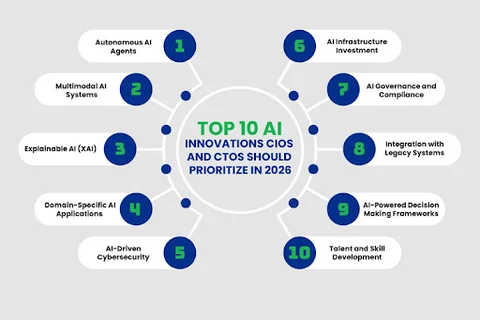
Trend 1: The Development of Self-governing AI Agents
Autonomous AI agents are increasingly handling tasks that once required human intervention, from managing workflows to making routine decisions. Have you considered how these agents could impact efficiency and decision-making in your organization?
Industry reports indicate that over 60% of enterprise processes could be partially automated using autonomous AI agents by 2026. These systems can operate continuously, reduce human error, and free teams to focus on strategic initiatives.
For CIOs and CTOs, the rise of autonomous AI agents means evaluating which processes can be safely delegated to AI while maintaining oversight and accountability. Additionally, early adoption can create a competitive edge by accelerating productivity and reducing operational bottlenecks.
As these agents grow more capable, technology leaders must plan integration carefully, considering security, compliance, and interoperability with existing systems.
Furthermore, understanding the potential and limitations of autonomous AI agents is essential before scaling their deployment across the enterprise.
Overwhelmed by tasks that AI could handle but scared of costly mistakes? Let experts map exactly where autonomous AI can safely boost your efficiency.
Trend 2: The Growth of Multimodal AI Systems
Multimodal AI systems are capable of processing and understanding multiple types of data simultaneously, such as text, images, and audio. Have you considered how combining these capabilities can enhance decision-making and customer experiences?
Interestingly, businesses that integrate multimodal AI into their workflows can improve accuracy in predictions by up to 30% (McKinsey report). These systems allow organizations to gain deeper insights from complex datasets and make more informed decisions.
For CIOs and CTOs, adopting multimodal AI systems means evaluating which processes can benefit most from cross-data analysis. Furthermore, early adoption can provide a competitive edge, enabling teams to identify patterns and opportunities that traditional AI models may overlook.
As multimodal AI continues to evolve, technology leaders must plan for scalable infrastructure and ensure that these systems are integrated securely with existing platforms. Additionally, training teams to interpret multimodal outputs effectively is essential for maximizing their potential.
Trend 3: Emphasis on Explainable AI (XAI)
Explainable AI, or XAI, focuses on making AI decisions transparent and understandable for humans. Are your teams able to trust AI outputs and explain them to stakeholders effectively?
Recent findings from Deloitte highlight that organizations using XAI report a 25% increase in stakeholder confidence when AI-driven decisions are involved. This transparency is crucial for compliance, ethical considerations, and informed decision-making.
For CIOs and CTOs, integrating XAI means selecting models that provide clear reasoning behind predictions and actions. Additionally, explainability helps in identifying biases, improving accuracy, and ensuring accountability across enterprise applications.
As regulatory scrutiny increases, technology leaders must prioritize explainable AI frameworks to mitigate risk and build trust. Furthermore, training teams to interpret AI insights correctly ensures that these systems contribute positively to strategic objectives.
Trend 4: Expansion of Domain-Specific AI Applications
Domain-specific AI applications are tailored to address unique challenges within particular industries, such as healthcare, finance, or manufacturing.
Companies that implement domain-specific AI solutions can see up to a 35% improvement in operational efficiency, a report by PwC finds. These AI systems offer targeted recommendations that generic models frequently aren’t able to because they concentrate on industry-specific issues.
For CIOs and CTOs, adopting domain-specific AI means evaluating which areas of the business can benefit most from specialized intelligence. Furthermore, these solutions can accelerate innovation by delivering insights that align closely with industry regulations and customer expectations.
As AI technology evolves, technology leaders must ensure seamless integration with existing systems while maintaining data integrity and security. Additionally, investing in domain-specific expertise is crucial for maximizing the impact of these AI applications.
Trend 5: AI-Driven Cybersecurity Enhancements
Cybersecurity threats are evolving at an unprecedented pace, with reports showing that global cybercrime damages are expected to reach $10.5 trillion annually by 2025. Can traditional security measures keep up with this level of risk?
AI-driven cybersecurity systems are designed to detect anomalies, predict potential breaches, and respond in real time. By analyzing massive datasets, these systems can identify threats that would likely go unnoticed by human teams.
For CIOs and CTOs, integrating AI into cybersecurity strategies means faster threat detection, reduced downtime, and enhanced protection of sensitive data. Furthermore, organizations adopting AI-driven security frameworks are better equipped to comply with regulations and safeguard stakeholder trust.
As cyber threats become more sophisticated, technology leaders must prioritize investments in AI-enhanced cybersecurity tools. Additionally, ongoing monitoring and adaptation ensure that security systems remain effective against emerging attack vectors.
Trend 6: Increased Investment in AI Infrastructure
As AI applications become more advanced, organizations are recognizing the need for robust infrastructure to support them. Are your current systems capable of handling the growing demands of AI workloads?
The global spending on AI infrastructure is expected to exceed $110 billion by 2026. Prioritizing AI infrastructure investments includes high-performance computing, cloud platforms, and specialized AI hardware to ensure efficient model training and deployment.
For CIOs and CTOs, focusing on scalable and secure AI infrastructure is essential to support enterprise-wide AI initiatives. Additionally, aligning infrastructure investments with business goals ensures that AI projects deliver tangible outcomes without overextending resources.
As organizations expand AI capabilities, technology leaders must also plan for continuous upgrades and maintenance. Furthermore, proper integration with existing systems and data pipelines is critical for maximizing performance and reliability.
Trend 7: AI Governance and Compliance
As AI adoption grows, ensuring ethical use and regulatory compliance becomes a top priority. A report by Forrester highlights that companies with strong AI governance frameworks are 30% more likely to avoid compliance issues and maintain stakeholder trust. These frameworks cover model transparency, bias mitigation, and decision accountability.
For CIOs and CTOs, implementing AI governance means defining clear policies, monitoring AI outputs, and establishing protocols for audits. Additionally, aligning governance practices with industry regulations helps minimize legal risks and fosters confidence in AI-driven initiatives.
Technology leaders must also consider cross-functional collaboration, ensuring that legal, compliance, and IT teams work together. Furthermore, continuous evaluation of AI policies is essential as regulations and AI capabilities evolve.
Trend 8: Integration of AI with Legacy Systems
Many enterprises rely on legacy systems that were not designed for AI workloads. How can CIOs and CTOs modernize these systems through legacy software modernization services without disrupting ongoing operations?
However, organizations that successfully implement AI integration with legacy systems see up to a 25% increase in operational efficiency. This involves creating adaptable interfaces, using APIs, and ensuring data compatibility across platforms.
For technology leaders, the challenge lies in balancing innovation with stability. Additionally, phased modernization strategies allow organizations to gradually introduce AI capabilities without overwhelming existing legacy infrastructure.
As AI becomes more central to business operations, continuous monitoring and iterative updates are critical. Furthermore, investing in team training ensures staff can manage hybrid environments effectively, maximizing AI’s potential.
Trend 9: AI-Powered Decision-Making Frameworks
AI-powered decision-making frameworks are transforming how organizations analyze data and make strategic choices. A recent report by McKinsey shows that enterprises leveraging AI frameworks in decision-making experience up to a 20% improvement in operational outcomes.
These frameworks combine predictive analytics, machine learning models, and real-time data visualization to guide executives.
For CIOs and CTOs, implementing AI-driven decision frameworks means aligning AI insights with business objectives and ensuring teams understand the reasoning behind recommendations. Additionally, these frameworks help reduce human bias and improve the speed and accuracy of decisions.
As organizations rely more on AI for strategic planning, continuous refinement of decision-making frameworks becomes critical. Furthermore, training leadership to trust and act on AI insights ensures these systems deliver maximum value.
Trend 10: Talent and Skill Development for AI Leadership
As AI becomes central to enterprise strategy, organizations need leaders and teams who understand both technology and business impact. Are your staff prepared to leverage AI effectively across projects?
Over 50% of executives report that a shortage of AI skills is a major barrier to adoption, as highlighted in a World Economic Forum report. This highlights the importance of investing in AI leadership training, upskilling programs, and knowledge-sharing initiatives.
For CIOs and CTOs, developing internal AI expertise means nurturing a workforce that can build and implement AI solutions responsibly. Additionally, building cross-functional teams ensures that AI initiatives align with strategic goals and compliance requirements.
Technology leaders must also consider partnerships with educational institutions, AI certification programs, and mentorship opportunities. Furthermore, fostering a culture of continuous learning prepares organizations to adapt to the evolving AI landscape.
Conclusion: Preparing for the Future of AI in Enterprises
AI is transforming enterprises, but challenges like legacy system integration, data security, and scaling internal expertise remain real.
The solution?
A strategic, holistic approach: implement robust AI governance, leverage domain-specific and multimodal AI, and upskill teams to manage emerging technologies effectively.
For organizations looking to turn AI initiatives into tangible results, Product Strategy development services can help plan and execute pilots or proofs-of-concept, ensuring AI projects align with business objectives from day one.
Meanwhile, modernizing existing infrastructure through Legacy Software Modernization ensures seamless AI adoption without disrupting ongoing operations. Furthermore, utilizing cloud solutions, agentic AI, and AI consulting lays the groundwork for an enterprise-wide AI deployment that is effective, safe, and scalable.
Proactively adopting these strategies can help CIOs and CTOs turn obstacles into opportunities, improve operational effectiveness, fortify decision-making, and put their companies in a leadership position in the AI-driven future of 2026 and beyond.
Frequently Asked Questions (FAQs)
2. How can Organizations Ensure AI Adoption Is Safe and Compliant?
Implement strong AI governance and compliance frameworks, including monitoring AI outputs, ensuring transparency, mitigating biases, aligning with regulatory standards, and fostering collaboration between IT, legal, and compliance teams.
3. Why is AI Integration with Legacy Systems Important for Enterprises?
Many enterprises rely on legacy infrastructure not built for AI workloads. Integrating AI with legacy systems through legacy software modernization services improves efficiency, maintains stability, and allows gradual AI adoption without disrupting operations.
4. How can Companies Prepare their Workforce for AI Adoption?
Invest in AI leadership training, upskilling programs, mentorship, and knowledge-sharing initiatives. Developing cross-functional teams ensures staff can manage, interpret, and implement AI solutions effectively.
9 out of 10 CIOs say expert guidance is key to safe AI adoption. Don’t risk costly mistakes, and let our specialists guide your AI journey.

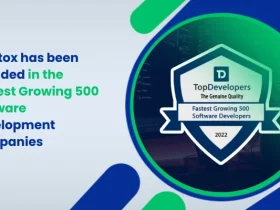


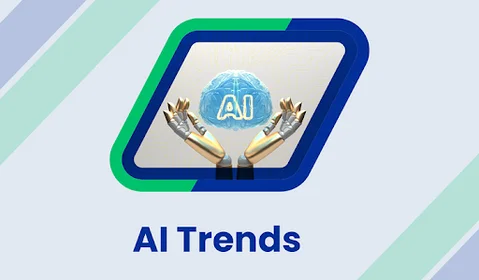

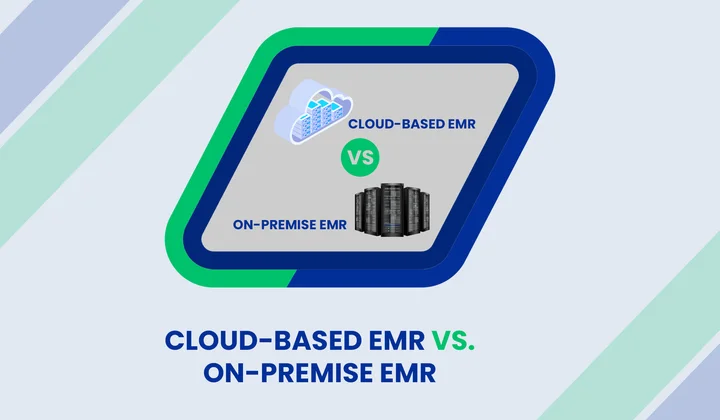
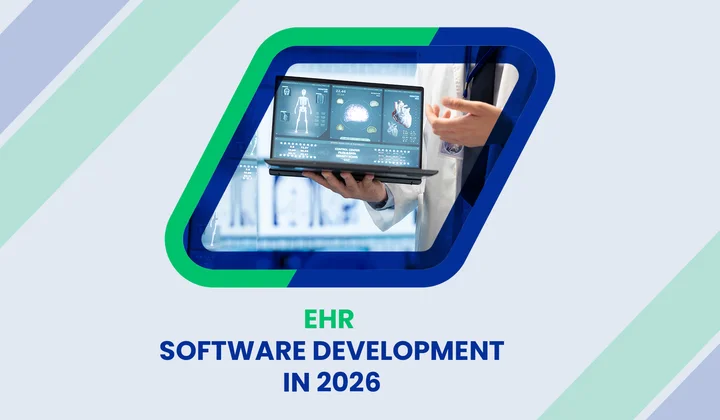
Share your thoughts about this blog!